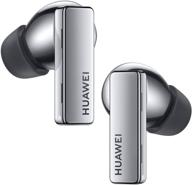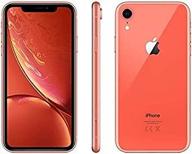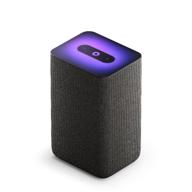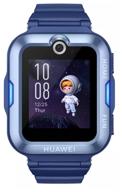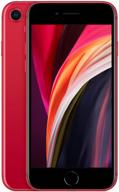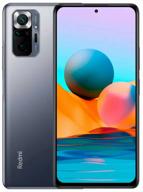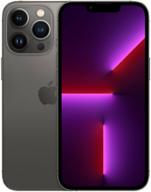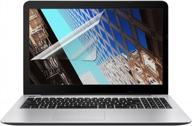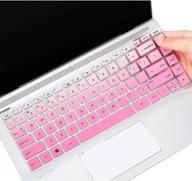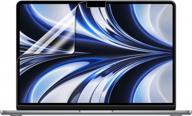
Smartphone Samsung Galaxy Z Fold3 12/256 GB RU, green Review
8
·
Very good

Media
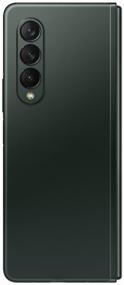
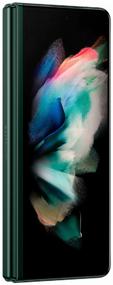
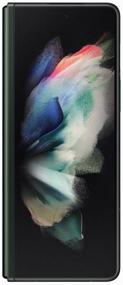
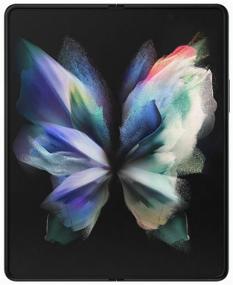
Description of Smartphone Samsung Galaxy Z Fold3 12/256 GB RU, green
- - The screen is open; - The hinge is good, and the impact of unfolding-folding works well; - Certain functions of the shell, such as Bixby scripts, are still functional; - Samsung Pay is still operational.
- Plenty of: - Cameras of this kind cost nothing (or everything); Bad modem setup (unstable network functioning, LTE dumps); Very limited viewing area on the auxiliary screen; Very high temperatures generated by the processor; - Overall optimization of the system (everything is the same as it always has been: lags, friezes); - Impractical form factor (specifically, implementation); - Autonomy is at an all-time low; - Original accessories (cases) are of poor quality and should be thrown away.
- The device works wonderfully for reading text, such as that found on the web, in documents, and so on. (I do not mean that it competes with the E-Ink reader). It turns out to be true that the external screen is quite low resolution (less than 1080p). For instance, if the thickness is x2 and the width is the same, I won't be able to grip the phone with one hand when I pull it out since my fingers are too short. And a narrow enough - there. And it looks modern, but you don't have to use it because there's a standard option. There's a decent camera hidden beneath the screen. Looking at the display cases, I had to agree with the critics: there's no point in hiding the camera because it's so obviously there. While employing it, I confirmed the necessity of such a camera; you frequently look for it with your eyes to determine which side you are holding the device, and you locate its attempts beginning with the third, in a matter of seconds. It blends seamlessly with the display when viewed from the side. She obviously has a low refresh rate, let alone poor resolution and color accuracy. However, this camera represents a significant advancement in terms of use (I did not shoot with it). The crease in the screen is noticeable, satisfying to touch, and present. In particular, I use it to scroll lists with my finger. Better than the next Gorilla Glass 666 by a wide margin. In addition, the screen's softness makes using a stylus much more comfortable than it was on the slick glass of the Note 8 and 10. The stylus, which is now about the size of a pencil, has been forgiven for its lack of retractability. I keep it in my wallet, worry about damaging it, and am completely content. Autonomy has exceeded even my most optimistic forecasts. Despite its massive size and 120 Hz refresh rate, the screen does not appear to be the flagship's primary power drain. Turn off the central processing unit and the modem. Although the battery is rated at 4.4, the gadget is considerably more resilient than the Note 10 (rated at 3.5) despite having a smaller screen and a lower refresh rate of only 60 hertz. Also, prior to it, there was no autonomy, and thereafter, things seem to have settled down to about a Fold 3. It was feared that things would only get worse, with the extra 900 mAh being quickly consumed by the screen, snap 888, and a subsequent need for more power.
- The camera and the need for constant charging are the two biggest drawbacks. If you look at the technical specifications, the Galaxy Note 8's cameras aren't any worse than those from four years ago. The main aperture is larger, and the width isn't necessary. Obviously, this is a major setback when compared to the Galaxy Note 10 from two years ago. Maybe not the ultra's cameras, but surely they could have come up with something better than an x2 telephoto. Not 1.8, but 1 / 1.5 aperture. Or 108 megapixels if the resolution is set at 1.8. Surely the price wouldn't be at least 20% more, right? For almost a year, Galaxy's charging process has rendered me comatose. Samsung only offers 25 watts, even in their flagship devices, while various xiaomi chargers can charge in 20-30 minutes (read: not observed). I'm relieved that USB Power Delivery can be used. Then the Galaxy Note 10+ with 45W Power Delivery debuted in 2022. as well as completely ignored it. See also Note 20, S20, and S21, and here, there, and everywhere, 25. The 65 W USB Power Delivery laptop charger takes 1.5-2 hours to fully charge. Not only has wireless charging not advanced in 5 years, but neither has the patented Convertible Charger, which, by the end of 2022, will have fully charged the gadget after more than 3 hours. Ten to fifteen watts is considered to be the upper limit. The shell's alterations to the form factor are also a cause of frustration. Within the AoD, a note does not fill both halves of the screen, but rather 30 percent. It takes about 30 seconds to twist the smartphone like a pretzel so that the area of the screen you wish to view AoD from is facing up. The lock screen won't automatically rotate into landscape mode. Yet, AoD can as well, albeit not automatically but with a predetermined value. Certain features of the native shell will only function in portrait mode on the internal screen. Remembering that the first of these devices went on sale more than two years ago makes the argument that "a month has not passed, give them time, and they will repair everything" sound silly. The 2022 Galaxy, it turns out, is unable to play WMA (in any of its forms; CBR, VBR, or Lossless) or ALAC. Only FLAC, AAC, or MP3 files will be accepted. I tried installing VLC, but its instability and poor interface leave it ranking far behind Samsung Music.
- Massive Display
- Dimensions. The load. It's not terrible, but it may take some time to adjust to.
- This is a two-for-one deal. Small footprint, large display.
- So far, all expectations have been met. No flaws were discovered.







